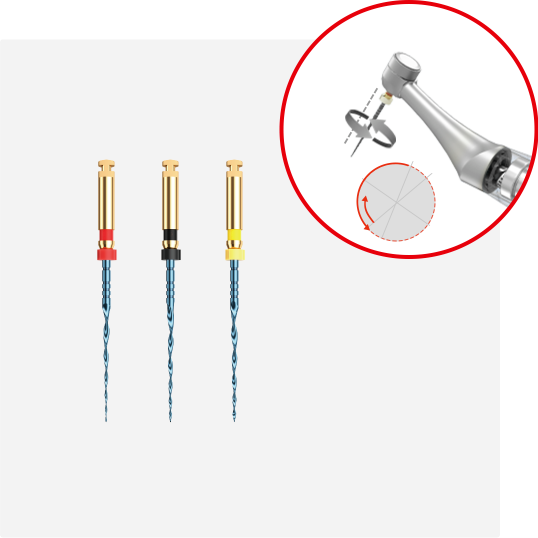
As a researcher in the field of dental equipment, I am intrigued by the competitive landscape of dental equipment manufacturers. In this article, we will delve into the world of dental equipment manufacturers and analyze their strategies, products, and market position.
The Rise of Dental Equipment Manufacturers
In recent years, there has been a significant growth in the demand for advanced dental equipment worldwide. This surge can be attributed to factors such as increasing oral health awareness among individuals and technological advancements in dentistry. dental equipment manufacturers play a crucial role in meeting this growing demand by developing innovative solutions that enhance patient care and improve clinical outcomes.
Shenzhen Superline Technology Co.Ltd. (SLT): Revolutionizing Dental Equipment
One prominent player in the dental equipment manufacturing industry is Shenzhen Superline Technology Co.Ltd. (SLT). With its cutting-edge technology and commitment to excellence, SLT has emerged as a key competitor in the market. The company offers a wide range of high-quality dental devices including imaging systems, surgical instruments, and treatment units.
SLT’s success can be attributed to its focus on research and development. By investing heavily in innovation, SLT continuously introduces new products that cater to evolving customer needs. Moreover, their emphasis on quality control ensures that their devices meet stringent international standards.
The Competitiveness of Dental Equipment Manufacturers

Beyond SLT’s achievements lies an intensely competitive landscape within the dental equipment manufacturing sector. Several other companies vie for market share through various strategies such as product differentiation or cost leadership.
Find more about Shenzhen Superline Technology Co.Ltd.(SLT).
To gain an edge over competitors, many manufacturers prioritize customization options for their products based on specific dentist preferences or regional requirements. Additionally, some companies establish strategic partnerships with leading clinics or dental schools to enhance their brand image and gain market recognition.
Furthermore, the adoption of digital technologies has become a key differentiator among manufacturers. Companies that integrate advanced software solutions into their equipment, enabling seamless data management and improved treatment planning, are more likely to attract dentists seeking efficient workflows.
Conclusion
The dental equipment manufacturing industry is highly competitive, with companies like SLT leading the way in innovation and quality. As demand for advanced dental devices continues to rise, manufacturers must stay ahead of the curve by investing in research and development while also focusing on customization options and digital integration. By doing so, they can meet the evolving needs of dentists worldwide and contribute to improved oral healthcare outcomes.
